Optimal Timing for Foundation Repairs
Foundation repairs are most effectively performed during specific times of the year when weather conditions favor construction activities. Understanding the optimal timing can help ensure the durability and success of repair projects.
Spring offers moderate temperatures and manageable moisture levels, making it an ideal time for foundation repairs. It allows for proper curing and settling of repairs before harsher weather.
Summer can be suitable for foundation work if the soil moisture levels are adequate. However, extreme heat and dry conditions may pose challenges for certain repair techniques.
Fall provides cooler temperatures and increased moisture, which can be beneficial for repairs. It also allows time for settlement before winter.
Winter is generally less favorable due to freezing temperatures, frozen ground, and potential for snow, which can delay or complicate foundation repair projects.
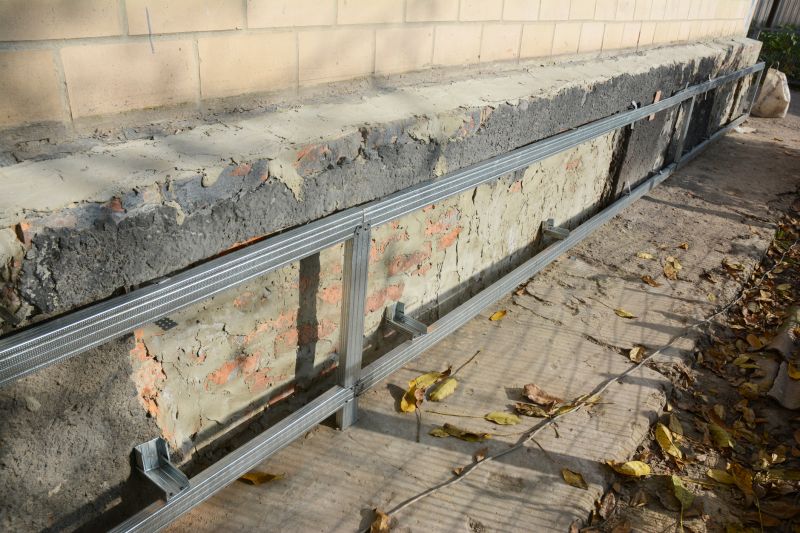
Spring weather supports effective foundation stabilization and repair activities.

Optimal summer conditions depend on soil moisture levels for successful repairs.
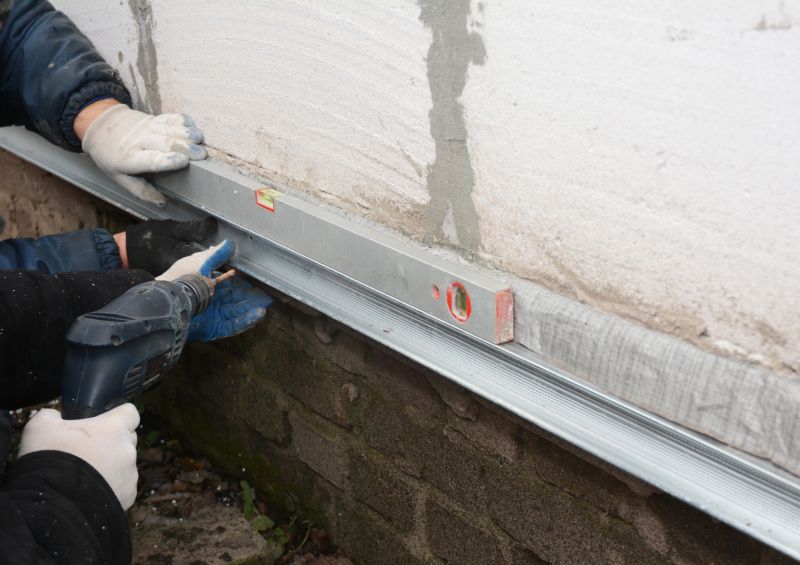
Fall provides favorable conditions for foundation repairs before winter.
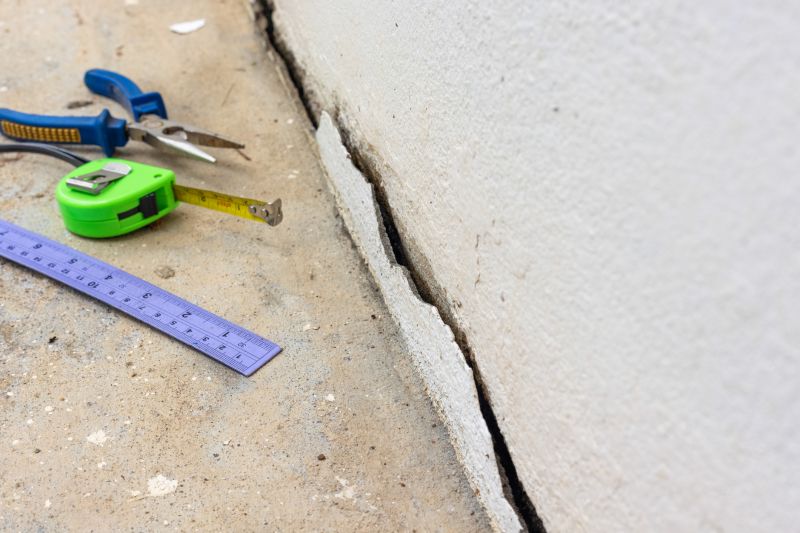
Ways to make Foundation Repairs work in tight or awkward layouts.
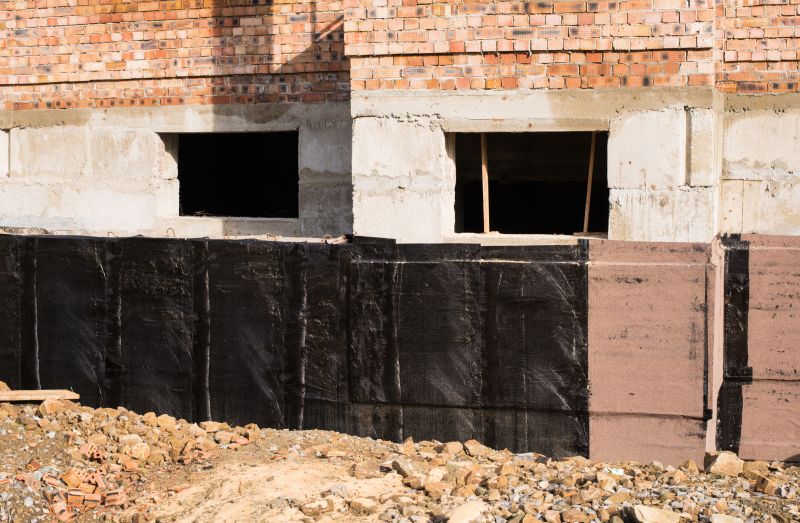
Popular materials for Foundation Repairs and why they hold up over time.
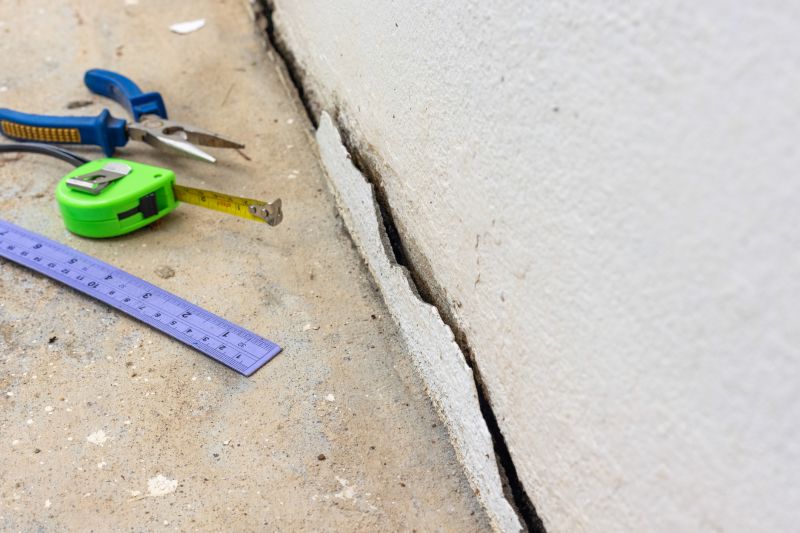
Simple add-ons that improve Foundation Repairs without blowing the budget.

High-end options that actually feel worth it for Foundation Repairs.
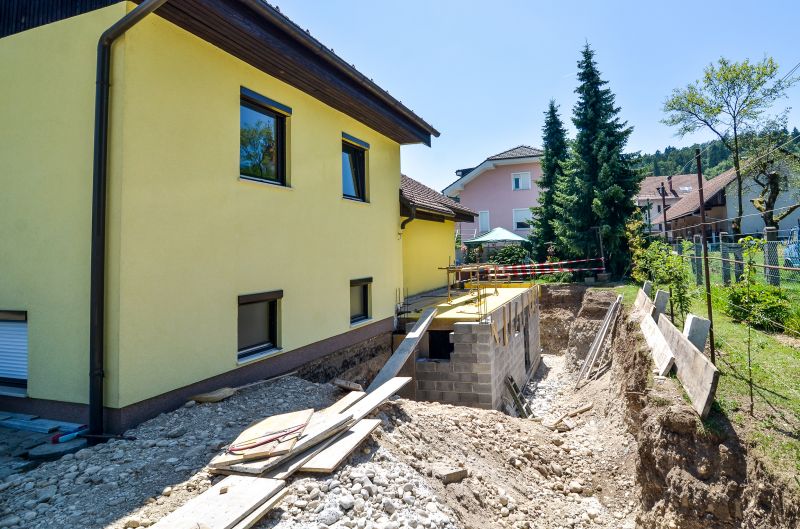
Finishes and colors that play nicely with Foundation Repairs.
| Season | Ideal Conditions |
|---|---|
| Spring | Moderate temperatures, manageable moisture levels, good for curing |
| Summer | Requires adequate soil moisture, avoid extreme heat |
| Fall | Cooler temperatures, increased moisture, pre-winter settling |
| Winter | Freezing temperatures, frozen ground, generally unsuitable |
Foundation repairs are critical for maintaining structural integrity and preventing further damage to a property. Proper timing ensures that repairs are effective and long-lasting. Seasonal weather patterns influence soil movement and moisture levels, which directly impact the success of foundation stabilization efforts. For example, performing repairs during periods of stable soil conditions minimizes the risk of future shifting or settling. Additionally, early repairs before extreme weather conditions can prevent more extensive and costly damage.
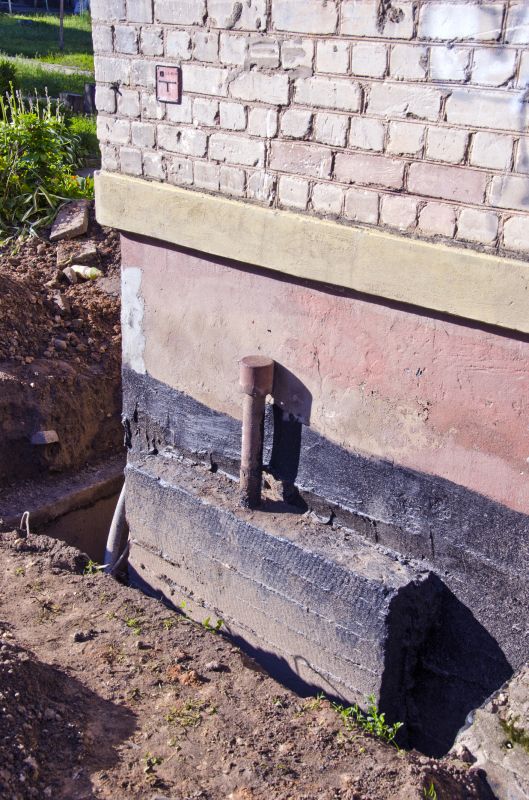
Visual representation of foundation stabilization techniques.
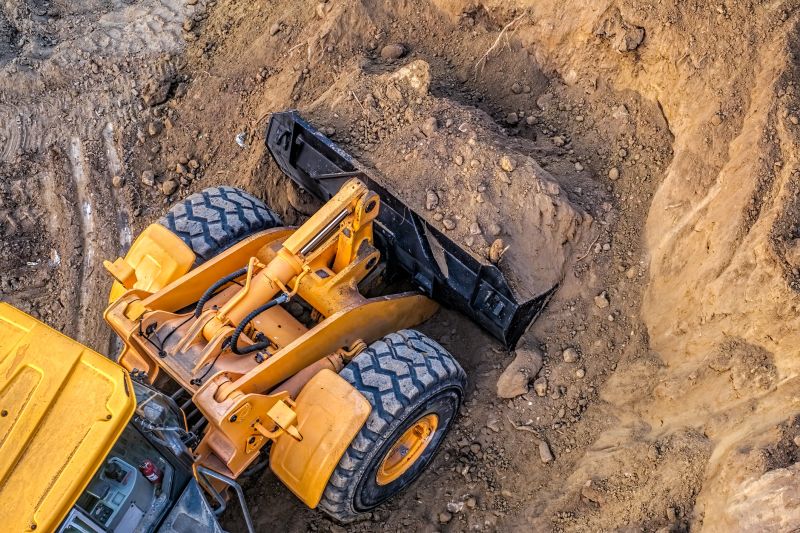
Tools and machinery used in foundation repair projects.

Comparative images showing repair outcomes.

Close-up of crack sealing and reinforcement.
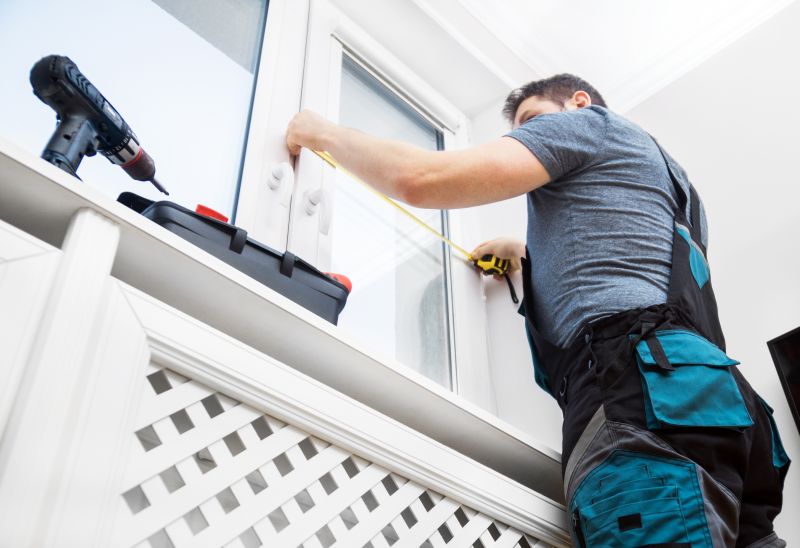
Little measurements that prevent headaches on Foundation Repairs day.
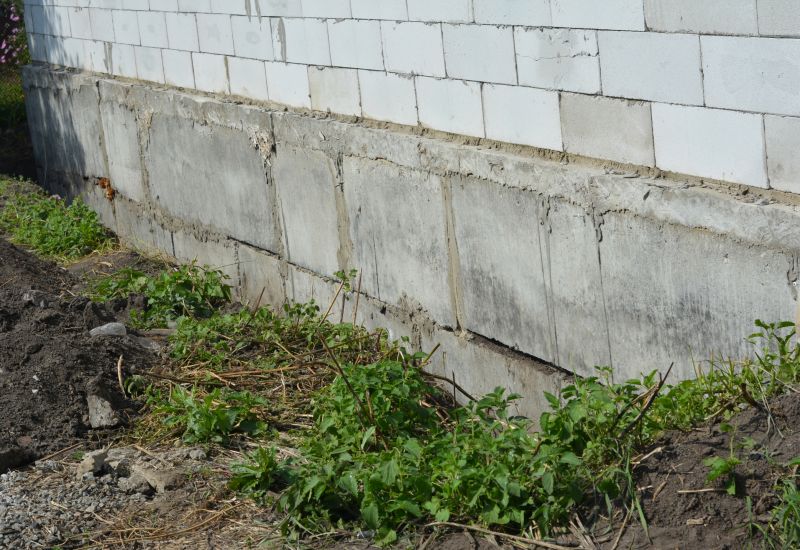
A 60-second routine that keeps Foundation Repairs looking new.
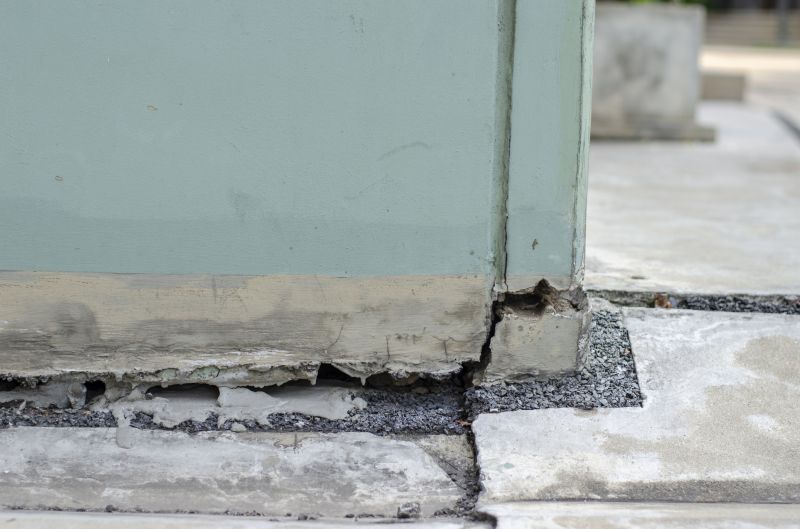
A frequent mistake in Foundation Repairs and how to dodge it.

Small tweaks to make Foundation Repairs safer and easier to use.
Interested property owners can evaluate the best timing for foundation repairs by considering local climate patterns and current soil conditions. Consulting with foundation specialists can provide tailored recommendations based on specific property needs. Addressing foundation issues promptly, during the most suitable season, helps preserve property value and structural safety.
Fill out the contact form to discuss foundation repair options and schedule an assessment.

